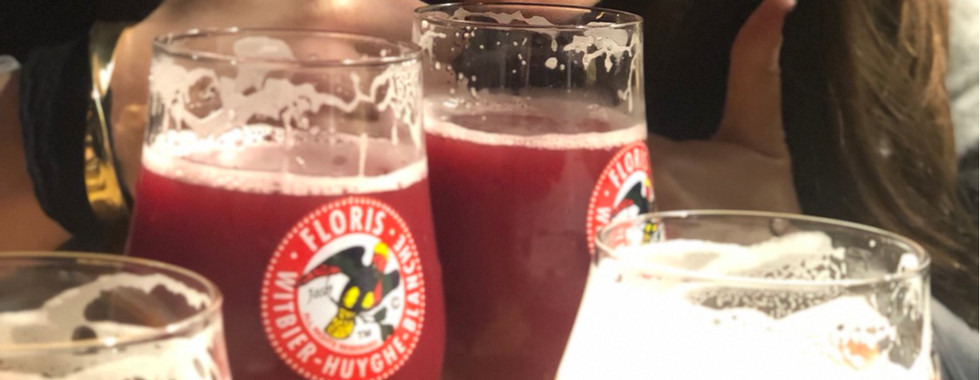Getting into international Brussels
- Andrea Zana

- Nov 12, 2019
- 3 min read
Updated: May 26, 2020
Brussels will definitely conquered you with its special international atmosphere, citizens and tourists from all over the world, people speaking different languages, an extremely open-minded city, the modern complex that hosts the European Parliament and a perceivable ''bon vivre'' (a pleasant city to live).
Brussels story started in the Grand Place, where the city markets where set. Its royale heritage can be explored with the Royal Palace, the functional residence opened to visitors just one month per year, its gardens, the Royal Chapel and square, but also the numerous gold decorations on the most important buildings of the city.
One of Brussels key words is CHOCOLATE.
Back in the 17th century, when Belgium was still ruled by the Spanish, cocoa beans from South America were introduced to the Belgian community by explorers. At the time, chocolate was considered as a sign of luxury and was mostly used to make ‘hot chocolate’ for nobility. Belgium became an important trader with the colonisation of Congo, a lot of local families started to specialise in the chocolate production and the first praline was born in 1912. Walking in the streets of Brussels you will be surprised by the number of chocolate shops in the center and the great role given by their inhabitants. We visited Pierre Marcolini boutique to discover a tradition of excellence and passion since 1995 with the aim of creating a rare and unexpected emotion through chocolate.
BEER has an important place in Belgium tradition as well at the point that Belgian beer culture is part of UNESCO list of intangible culture heritage of humanity since 2016.
Between the numerous pubs of the city, the Delirium stands out. In fact, it's a totally beer oriented concept that makes it so unique. The pub extends on an entire street, it offers a variety of more than 2,000 different brands and it's characterised by an extremely original decoration that reproduce beer production and consumption history.
You will immediately noticed the Dutch influence in Brussels architecture as well as the Art Nouveau style. Walking through the Mont des Arts with the Carillon, the Palais de Justice and the previous Bourse de Brussels, the museum of musical instruments, the the famous fountain of the Manneken Pis & Saint Hubert Gallery you won't be able to resist a delicious gauffre (waffle) in the Belgium of Liege version, a French pastry ''merveilleux'' at Aux Merveilleux de Fred or the typical fries. Belgium fries are special because they are fried twice in a oil that contains a sort of animal fat.
This process makes them crispy and soft at the same time which assures Belgian FRIES a unique taste.
We had the chance to be hosted by Marie and Angelique that moved in Brussels several years ago. We explored the city through their local perspective, we learnt Brussels traditions and cultural events, its advantages and negative points as well as the local habits. They made us discovered several spots generally hidden to tourists as La Tricoterie, a social bar that organise events and activities with the aim of creating human links, but also the swing nights at Les Halles, a dance style very much in vogue at present. Despite its international character, Brussels preserves the most local gems for its citizens who are informed through word of mouth.
Brussels was also the occasion of visiting our Belgian friend Juliette who booked a vintage restaurant for a Sunday brunch, La Luck, and explained us Belgium organisation. The country is actually the size of Piedmont, but it's divided into three regions : Flanders, Wallonia and the Brussels Region. Furthermore, there are several languages as French and Flemish, but also German in a smaller area of the country.
Can't wait to discover more of Belgium by visiting the smallest cities !
























































































Comments